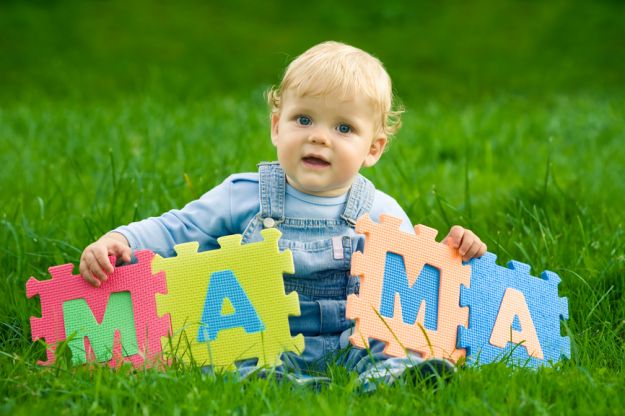
Alexey Nikolaevich Tolstoy said that there is nothing sedimentary or crystalline in Russian; Everything worries, breathes, lives. Such "liveliness" of our native language is the merit of its words. But, before learning how to use them, you need to learn letters and sounds. They will be discussed in this article.
The content of the article
- What are the sounds of speech and letters?
- How many letters and sounds in the Russian language and alphabet and their ratio
- Alphabet
- Vowels and letters
- Shock and unstressed vowels
- Consonants and letters
- Consistent letters and sounds soft and hard: table
- Deaf and sonorous consonants in Russian: Table
- Paired and unpaired hard and soft consonants: table
- Paired and unpaired voiced and deaf consonants: table
- Surviving consonants
- The letter "and short" indicates the consonant sound
- In what letters are several sounds?
- Tape of letters and sounds for elementary school
- Video. Native language lessons grade 1
What are the sounds of speech and letters?
Studying the language with the child, you need to clearly make him understand the differences between oral and written speech. To do this, it is important for him to give him the concept of what sound is and what is the letter.
Sounds are what we perceive with our hearing. What relates to speech our brain easily separates from other sounds and interprets them into images. We can write down the sounds of speech with letters, forming words from them.
The letter is a graphic symbol of the alphabet, thanks to which we can display on paper, what we hear by ear. But, here for the child there is a very great difficulty. After all, the number of sounds and letters that reproduce them on paper in different words can differ in both one and the other.
How many letters and sounds in the Russian language and alphabet and their ratio
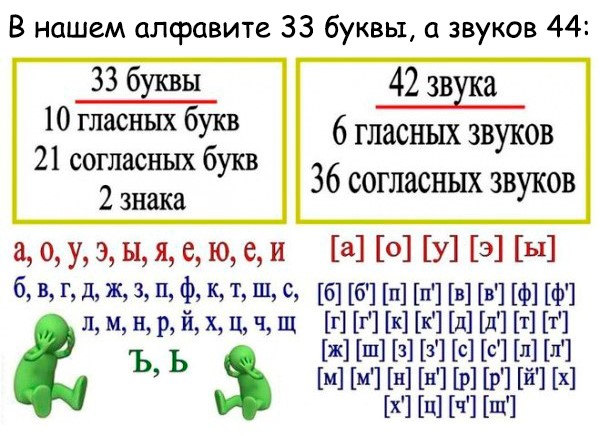
Important: we hear sounds and can produce our speech apparatus. We can see and write down letters! There are sounds in all languages. Even in those where there is no writing.
In a word as "chair" The letters correspond to sounds. But, in the word "sun", the letter "L" Not pronounced. Also, letters are not pronounced "Kommersant" and "B". They only a little change the pronunciation of the words in which they are used.
There is also such a "school" word as "Compass". In which instead of sound [AND] Sound is pronounced [S].
In the Russian language there are still a lot of words that are pronounced not in the way they are recorded in letters. Therefore, it is very important for the child to learn how to correctly understand such a difference.
Alphabet
Language is the main invention of mankind. Moreover, each nation who created his own language is characterized by the features characteristic of this people. At a certain stage in the development of community, which uses one or another people, there is a need to record speech sounds connected in words and sentences. So writing appeared, and at the same time an alphabet. That is, a set of all letters used in writing, standing in strict order.
The alphabet of the Russian language counts 33 letters And it looks as follows:

The order of the letters in the Russian alphabet
The alphabet is a base of any language that everyone who studies it needs to know. Is it possible to learn to speak without the knowledge of the alphabet? Of course. But, in addition to the possibility of expressing your thoughts, you need to learn how to write and read. And this is impossible to do without knowledge of the alphabet.
Today, children have a lot of different manuals to study the alphabet. You can buy special flash cards, magnets, a small primer that a child can take with him for walks or on trips.
In our computerized era, electronic gadgets can also be called to help in the study of the alphabet. Print the letters in text applications and call the sounds that teach them. You can connect the imagination and use graphic editors, change fonts and add fills. Create your own alphabet that will be interesting to the child. Then the training will go faster and more effective.
Interesting: teachers came up with a very interesting and fascinating way of studying the alphabet. Devote each new day in your family one of the letters of the alphabet. Of course, one should not forget about the rest. Bake buns in the shape of letters, make letters from plasticine with your child, draw them, collect them from counting sticks. Be sure to talk about the letter that is dedicated to the day and give examples of its use.
Vowels and letters
Acquaintance of a child with an alphabet is a very exciting activity. But, this is only one of the first steps in mastering the language. To continue studying its elementary units, you need to learn how to divide them according to characteristics.
Those letters that are pronounced lingering are called vowels.
- In Russian 10 vowels “A”, “e”, “e”, “and”, “o”, “y”, “s”, “e”, “y”, “I”
- 6 vowels [a], [o], [y], [e], [and], [s]. Usually vowels in the school curriculum should be highlighted in red.

We have already found out the difference between the elementary particles of the language.
Letters I, yo, yu, e- Iotized. They mean one or two sounds.
From this table - this difference can be seen again:

Interesting: by the way, about the letter "E". Today it is mistakenly believed that it was introduced into our alphabet Karamzin. But this is not so. This was done by the director of the St. Petersburg Academy, Princess Ekaterina Dashkova on November 18, 1783 at a meeting on the occasion of the creation of the first explanatory dictionary in Russia. She offered to change the letters “Io” with one “E”.
Shock and unstressed vowels
- Shock vowel pronounced with great force and does not undergo changes.
For example: sn eg, Art ýl, shk af
- Unstressed vowel pronounced with small force and undergoes changes.
For example: to Orzina (heard instead of O, sound BUT), m EdV ed (in the first unstressed vowel sound instead EIt is heard And), pl Echo (vowel sound And It is heard instead E).
IMPORTANT: Stress is not placed in words with one syllable and in words with the letter E.
Vowel iotic letters I, u, e, make a soft consonant that stands in front of them, and create one sound: e → [e] or [and], ё → [o], yu → [y], I → [a ].
For example:
- At the beginning of the word: hedgehog [y’jik]
- In the middle of the word: shelter [under y’ut]
- At the end of the word: gun [’’ rt]
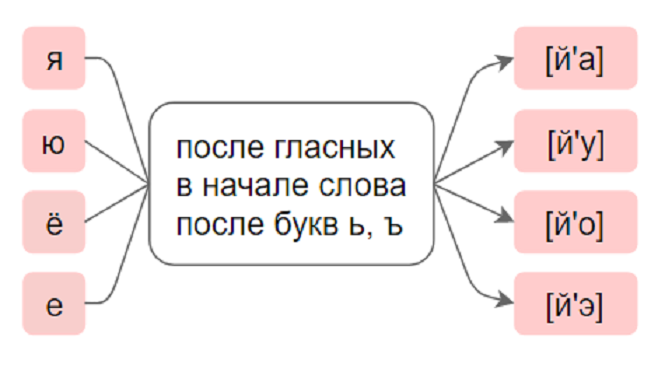
Solid and soft vowels act on consonants directly. For example, a consonant letter "P", maybe as solid (in the word "package"), and soft (in the word "cookie").
Consonants and letters
Consistent letters are called such due to the entry into their composition of consonants. In Russian, 36 consonants:

Apostrof is noted by soft sounds.
And 21 consonants:

Consistent letters and sounds soft and hard: table
The consonants, like vowels, can be both solid and soft. For example, in a word "River", Buk "R" soft, and word "Hand" - Firm. In general, several factors affect the softness and hardness of sounds in the word. For example, the location of the sound in the word. Soften the sounds of yoto vowels ( "E", "Yo", "YU" and "I") and the diplomas that stand after the consonants. For example:
- "White"
- "Love"
- "Friday"
Also softens the sounds of the letter "AND", and her antipodes "Y", on the contrary, makes the sound solid. An important role is played by the presence of a soft sign at the end of the word:
- "Linen" and "laziness"
A soft sign can soften the sound, even if it is inside the word:
- "Skates"
Deaf and sonorous consonants in Russian: Table
Consistent can be ringing and deaf. Voicials are obtained with the participation of voice in the formation of sound. Whereas when the deaf sound is formed, the voice practically does not play its creative role.
Vigorous consonants
they are formed when the air stream passes through the passage of the oral cavity and the oscillation of the vocal ligaments. Thanks to this, such consonants are formed as:

With the formation of deaf consonants
voice ligaments remain in a relaxed state. Such sounds are:

To make it easy to remember the deaf consonants, remember the expression: Stepka do you want a bristle? - FI!All consonants in these words are deaf.
If you cross out of this expression all vowels, only deaf consonants will remain.
Paired and unpaired hard and soft consonants: table
By hardness and softness, most sounds form couples:
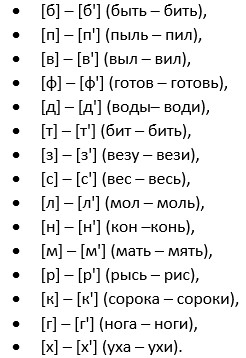
Paired and unpaired voiced and deaf consonants: table
In the Russian language, it is customary to distinguish pairs of deaf-random consonants:
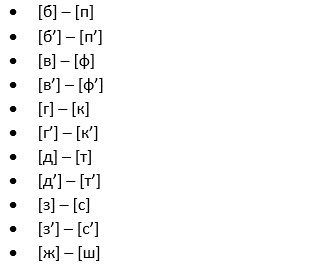
The rest of the consonants are unpaired:

Sometimes there is a “forced” deafness or sonority of a consonant sound. This is due to the position of sound in the word. A frequent example of such a forced state is the word: pond [Prut] and booth [tutka].
Sonor - Verbal unpaired consonants. There are only 9 of them: [th ’], [l], [l’], [m], [m ’], [n], [n’], [p], [p ’]
Noisy consonants - there are voiced and deaf:
- Noisy deaf consonants (16): [k], [k '], [n], [p'], [s], [s '], [t], [t'], [f], [f '], [f'], [f '], [f'], [f '], [f'], [f '], [f'], [f '], [f'], [f '], [f'], [f '], [f'], [f '], [f'], [f '], [f'], [ x], [x '], [c], [h'], [w], [sch '];
- Noisy sonorous consonants (11): [b], [b '], [c], [c'], [g], [g '], [d], [d'], [g], [s], [s], [s], [s], [s] '].
Summary table of often common soft and solid letters and sounds in the Russian language:
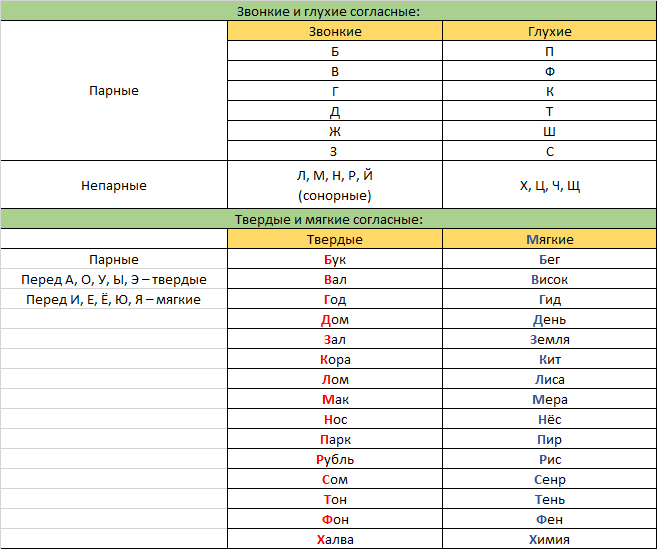
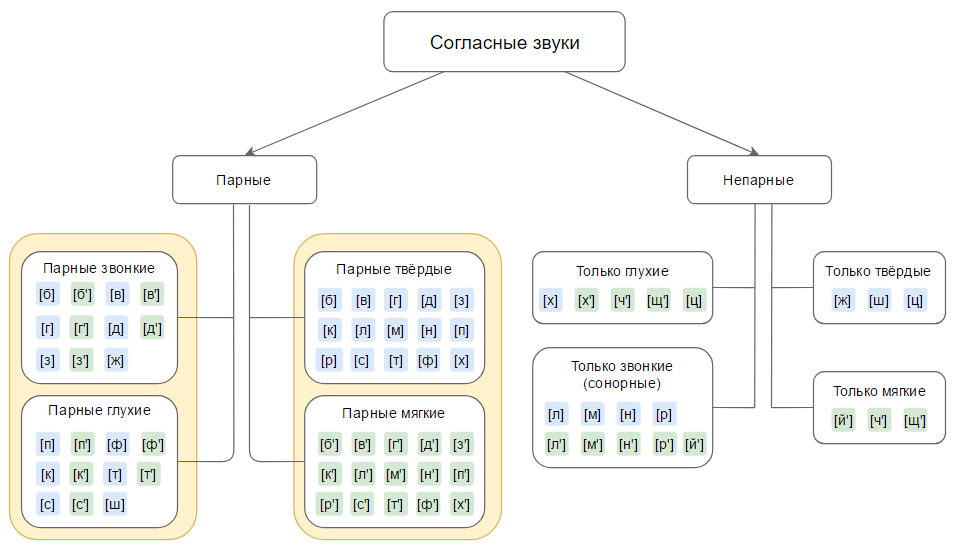
Surviving consonants
Consonants "AND", "Sh", "H" and "SCH" They call hissing. These letters make some highlight in our language. At the same time, they make it very difficult. The child should know the rules during the study of these letters:
- "LIS" — "Shi" Write with "AND"
- "Co" — "Scha" With the letter "BUT"
- "Chu" — "Schu" With the letter "U"
Letter "AND" ringing, and the other three ( "H", "Sh" and "SCH") Deaf. An important feature of these sounds is that it is not possible to say from without opening the mouth. Compare their pronunciation pronunciation "M" or "H". To pronounce the hissing consonants, there must be a gap between the lips through which the air will exit, creating the acoustic accompaniment of these sounds.
The letter "and short" indicates the consonant sound
Letter "Y" or "And short" It is found in almost all Slavic alphabets, as well as in those non -Slavic alphabets where they use Cyrillic. In the Russian alphabet, this letter takes 11th place. It formed from the vowel "AND" And a ringing consonant "J".
It is interesting that in the XVIII century, when a civil font (in contrast to the church) was introduced, all superstructure symbols disappeared from it. And at the letter "Y" Its important part disappeared. At the same time, from such reforms, the sound that was designated by this letter "was not injured." Return "Y" The letter succeeded under Peter I. But, at the same time, it was not returned to the alphabet. This was done only in the 20th century.
Today more and more philologists are sounding sound "Y" To the sonor consonant. That is, to such sounds that are located between vowels and consonants, but nevertheless refers to the consonant. In addition, it is always considered soft.
In what letters are several sounds?
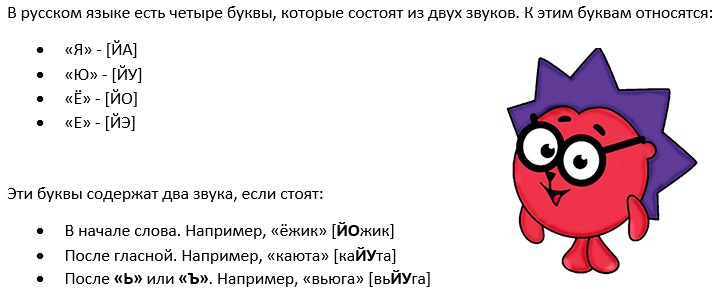
Tape of letters and sounds for elementary school
They help very well in learning the Russian language in various manuals. One of these benefits is "Summer letters". It helps to understand the difference between letters, faster to develop the skill of reading in children and alleviate the phonetic analysis of the word.
At least at first glance "Land of letters" It carries a minimum of information, this is far from the case. This manual can be used not only at school, but also at home. Parents can independently teach a child literacy with this tool.
"Book tape" You can buy in the stationery store or do it yourself. For example, you can use this scheme.
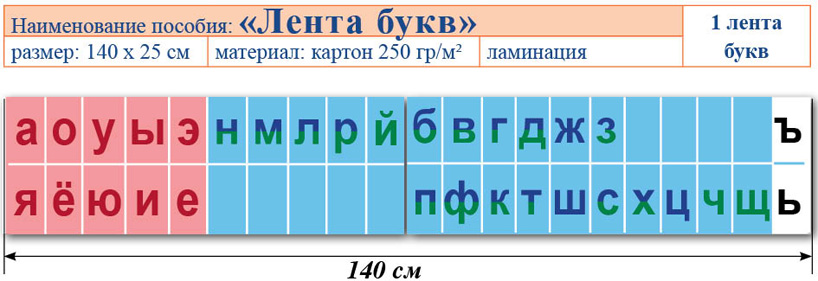
Scheme "Books of the letters"

